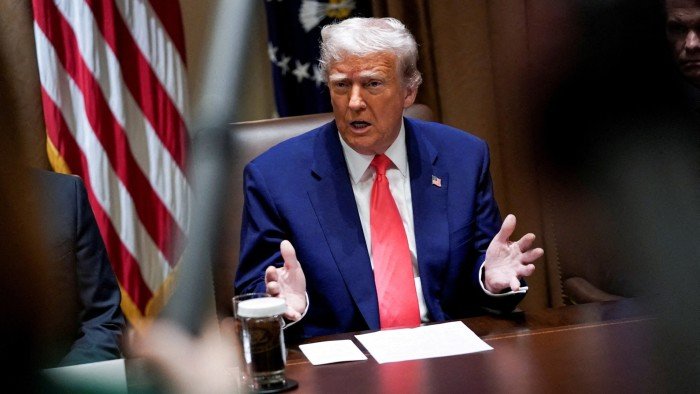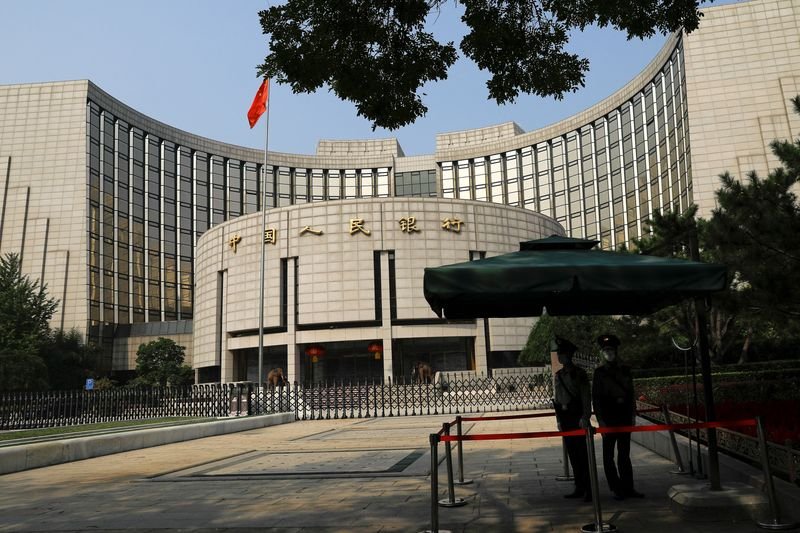President Donald Trump announced sweeping new tariffs aimed at addressing what he calls “unfair trade practices” by foreign nations. Starting April 5, a baseline 10% reciprocal tariff will be imposed on all imported goods into the United States. Countries imposing higher tariffs or non-tariff barriers on U.S. exports will face additional levies starting April 9, with rates reaching up to half the value of those they impose on American goods.
Trump emphasized the move as a strategy to restore U.S. manufacturing strength and rebalance global trade. “Reciprocal means they do it to us, we do it to them,” he said during a Rose Garden speech. The policy includes tariffs based on not just existing duties, but also currency manipulation and hidden trade barriers like the EU’s VAT.
China, which imposes a 67% tariff on U.S. products, will be hit hardest, facing a new 34% tariff, on top of an existing 20% duty, raising the total to 54%. Other countries like the UK and Brazil, which charge a 10% tariff on U.S. goods, will face a 10% matching tariff under the baseline policy.
In addition, the 25% tariffs on imported automobiles and auto parts will take effect at midnight. Mexico and Canada will also face 25% duties on goods not compliant with the U.S.-Mexico-Canada Agreement, while the steel and aluminum tariffs remain in force.
The move triggered concerns about a global trade war, with U.S. stock futures dropping—S&P 500 down 1.6%. China, Japan, and South Korea have signaled plans for a joint response, while EU President Ursula von der Leyen warned of “strong retaliation” if necessary.
The administration claims the tariffs will boost domestic production, reduce trade deficits, and lead to lower prices through increased competition.







